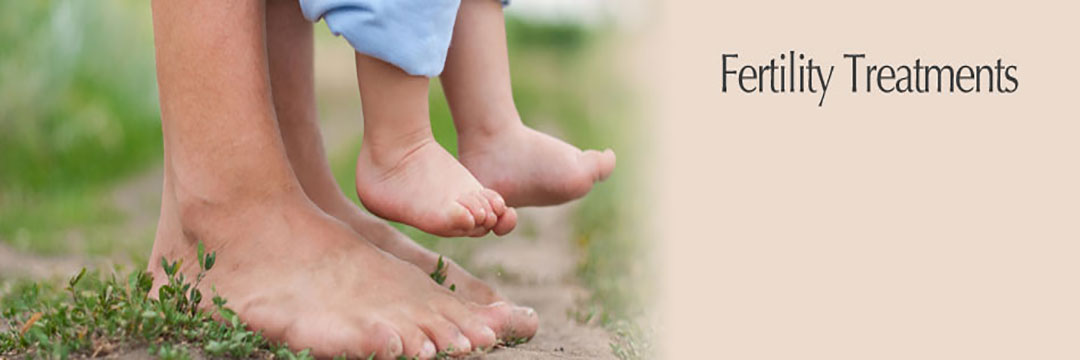Changing Paradigms of Fertility Treatment in India

- Infertility is a critical component of reproductive health, and has often been neglected.
- An accurate profile of the prevalence, distribution, and trends of infertility is an important first step towards shaping evidence-based interventions and policies to reduce the burden of this neglected disability globally.
- Most market research surveys, on reproductive health and fertility treatment fail to capture data on comprehensive medical history and clinical examination.
- Research suggests that in 2010, an estimated 48.5 million couples worldwide were unable to have a child after five years.
- The total fertility rate per woman in India is 2.5 as per WHO study in 2012.
- India and other infertility treatment clinics in subcontinent, offer at par excellence and technology, in comparision to developed nations at a less cost on the therapy.
- The right diagnosis of the infertility problem is the most important aspect of infertility treatment.
- The average success rate of IVF and related treatment is 15% to 30% in woman, above 35 years in single attempt.
- The success rate varies, on technology and practice and can be increased to 50% with multiple attempts.
- The use of surrogacy and egg donation, leads to further improvement, in the success rate in infertility treatment.
- The societal mindset in rural India is restricted on male infertility, with a large section of male rural population, uneducated on the issue. This limits male fertility treatment to a taboo in most house-holds in rural India.
- Male Infertility is completely curable in most cases with the right medical treatment.
- The main challenges in infertility treatment include the clinical aspects associated with therapy. These risks are mitigated through preventive caution by reproductive endocrinologist during the therapy.
- These challenges include multiple pregnancy from the use of more than one embryo in fertility treatment, ovarian hyperstimulation syndrome i.e. ovaries enlarge and become painful, and chances of infection spreading to the baby.
- The potential challenges in infertility treatment and surrogacy requires planning for a successful pregnancy and child birth. They include comprehensive arrangements to treat side effects and conditions such as hot flashes, headaches, mood fluctuations, hormonal injections, sonograms, future health concerns, decision making about embryos, embryo utilization and multiple pregnancies.
- The surrogacy facilities are presently offered to foreign married couples with 2 years of marriage. The Indian laws still do not support surrogacy to gay couples, single parents and interested lesbian couple.
- The multiple embryo transfer is allowed in India during infertility treatment in contrast to strict one embryo transfer in most countries.
- Indian laws support commercial surrogacy clauses to acknowledge surrogacy fee, paid to surrogate in contrast to strict altruist surrogacy laws in European and other advanced countries.
- Further, a written consent in form a notarized legal contract from family or husband is mandatory for surrogates registering to surrogacy therapy. The surrogates in India do not hold parenthood rights on the surrogacy baby.
- The present ICMR guidelines and the ART Bill favour “anonymous clause” in egg donations in infertility treatment, where the donor and recipients are not known to each.
If you have any query related to this, Please let us know by submitting your queries in the section mentioned below or write us at mail@internationalfertilitycentre.com
